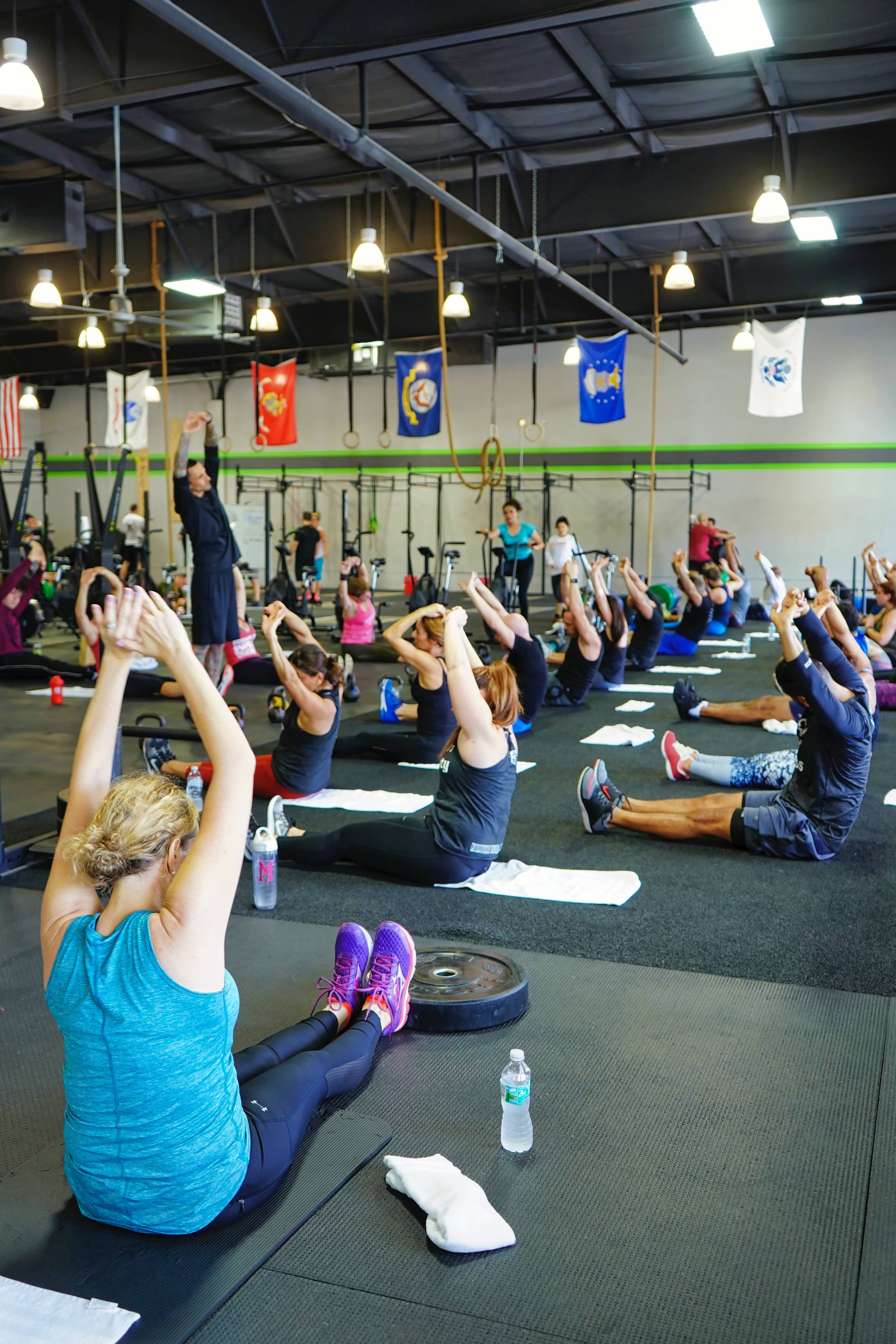
Jaw Pain & TMJ Disorder
Treatment in Delano, MN
As many as 1 in 12 people in the United States are struggling with jaw pain or Temporomandibular Joint Disorder (TMD). Jaw pain can range from an annoying little click to a disabling pain.
Have you ever experienced pain in your jaw from yawning, chewing, or just opening your mouth?
If so, you might be struggling with TMD or another cause of jaw pain.
The symptoms of TMD can vary significantly from person to person, based on their body, the severity of their problem, and other health issues they might have going on.
The jaw is a joint that’s highly innervated and connected to other parts of your head and face. Issues will often create pain that is referred elsewhere, like to the head, neck, and shoulders, making it easy to overlook the jaw as a cause of those problems.
Ear problems like pain, pressure, and tinnitus seem like they wouldn’t be related to the jaw, but since the jaw is so close to the ear, any problems with its position or movement can end up squishing the ear canal in a harmful way. Tightness of the jaw muscles can also pull on certain parts of your ear, closing tubes and passageways that keep the pressure equal on both sides of your eardrum.
Symptoms of TMD (Temporomandibular Joint Disorder) include:
Pain in and around the jaw muscles
Headaches, especially chronic headaches
Limited movement or locking of the jaw
Tight or stiff jaw muscles
Ear pain, pressure, fullness, ringing in the ears (tinnitus)
Grating in the jaw joint when opening or closing the mouth
A bite that feels “off”
Dizziness & vision changes
Structure of the Jaw
Your “jaw” usually refers to your mandible (the bone that makes up your chin and jawline) and your temporomandibular joint, the part where the mandible attaches to the rest of your skull. This joint is located right in front of your ears, and you can feel it move if you put your fingers there then move your jaw around.
This joint contains ligaments that help keep things in place, as well as a meniscus (like the one in your knee), which helps to cushion and position the bones of the jaw as you’re chewing, talking, yawning, or otherwise moving your mouth and jaw around.
There are also a number of smaller muscles that work to move your jaw, including the masseter, the temporalis, and the medial & lateral pterygoids, as well as number of other small muscles in your face and neck.
Moving the jaw requires the muscles, the meniscus, and the ligaments on both sides to be working well.
The movement of the jaw is one of the more complex movements in the body, even though it seems so easy and natural.
When you’re opening your jaw, the mandible (jaw bone) first rotates downward then slides forward, allowing you to open your mouth super wide (like when you’re saying “aahhh” for the dentist). Closing the jaw is a movement that’s almost the exact opposite, first sliding backwards then rotating up to put your teeth together. Basically, this motion is first a hinging motion then a sliding motion.
Throughout these motions, the many muscles, the ligaments, and the meniscus are all trying to keep things in place and on track. If a muscle or ligament gets too tight and can’t elongate, the jaw will start to move off track. The same thing will happen when the meniscus gets in the wrong spot (“displaced”).
When these dysfunctions start, symptoms arise soon afterward. The severity of these symptoms can range from a little clicking, to jaw locking, to severe pain when moving the jaw.
Causes of Jaw Pain
The causes of jaw pain can vary widely, and many times we aren’t certain what might be causing someone’s jaw pain. That said, common causes can include:
Clenching or grinding
Injury or trauma to the jaw
History of dental procedures
Inflammatory arthritis, like rheumatoid or psoriatic arthritis
Autoimmune disorders
Gum chewing, nail biting, and similar habits
Stress
A conservative approach is generally the best place to start when dealing with jaw pain and TMD.
A treatment plan for jaw pain and TMD should be multifaceted, meaning it addresses many different factors related to your specific problem.
Chiropractic Adjusting - Very, very light and gentle adjusting is used to ensure the jaw is moving well. these thrusts are small and fast, encouraging just a little bit of correct motion in the jaw. Adjustments to the neck, particularly the upper part of the neck, can help as well, as issues here can sometimes create pain in the jaw.
Soft Tissue Mobilization - Assisted stretching techniques, manual therapy, and trigger point work can also help loosen up tight muscles in the face, jaw, and neck. This helps to address muscular imbalances while decreasing pain and dysfunction in and around the jaw.
Corrective Exercise - Specific stretches and exercises are used to loosen and strengthen your jaw muscles. While adjustments and soft tissue mobilization are excellent, people often get better results they do some work on their own between appointments as well.
Lifestyle Changes - Depending on your occupation and daily routine, certain changes may be necessary. These changes could include finding ways to decrease and manage stress, avoiding chewing gum, or making some dietary changes to address systemic inflammation throughout the body.
At Northbound Chiropractic, we work with you to find the cause of your jaw pain and TMD and create an individualized treatment plan targeting your specific problems.
We’ll make a plan with you to get lasting results, so you can continue doing the things you love.


